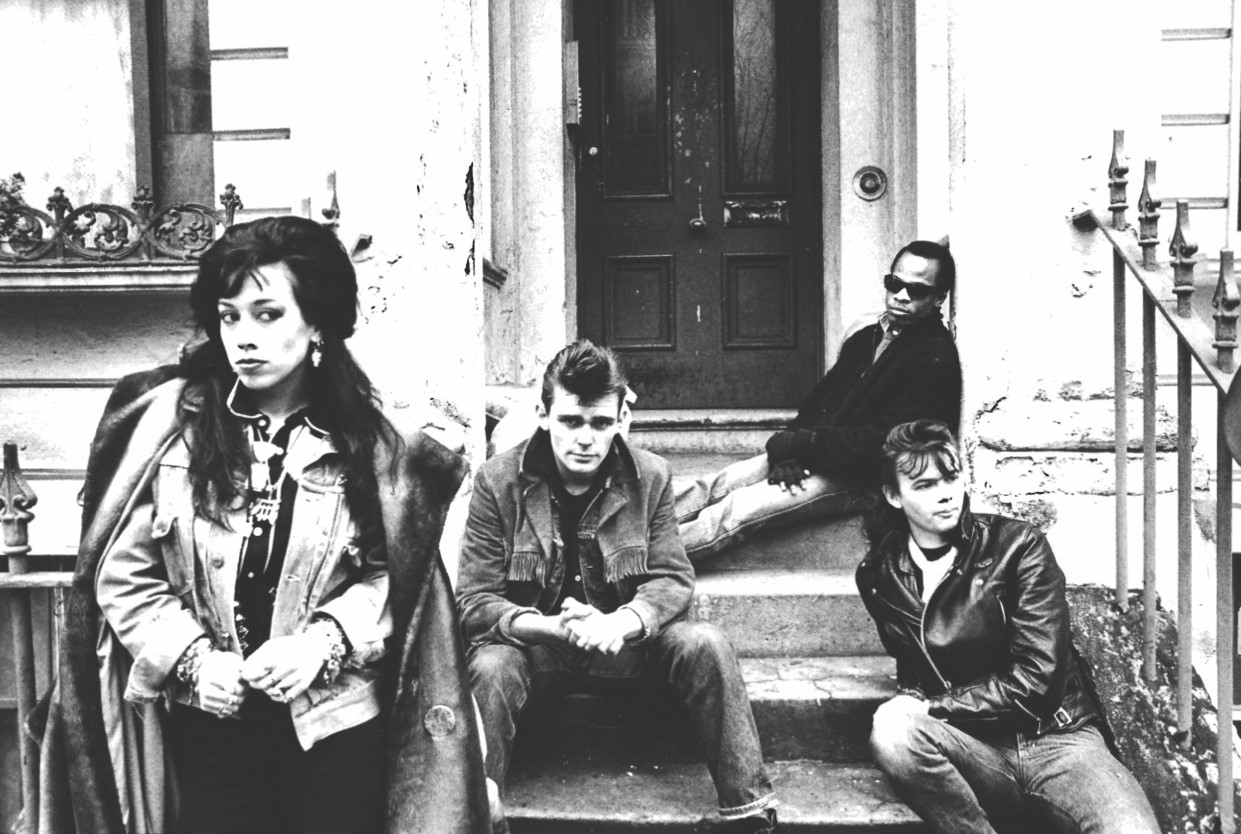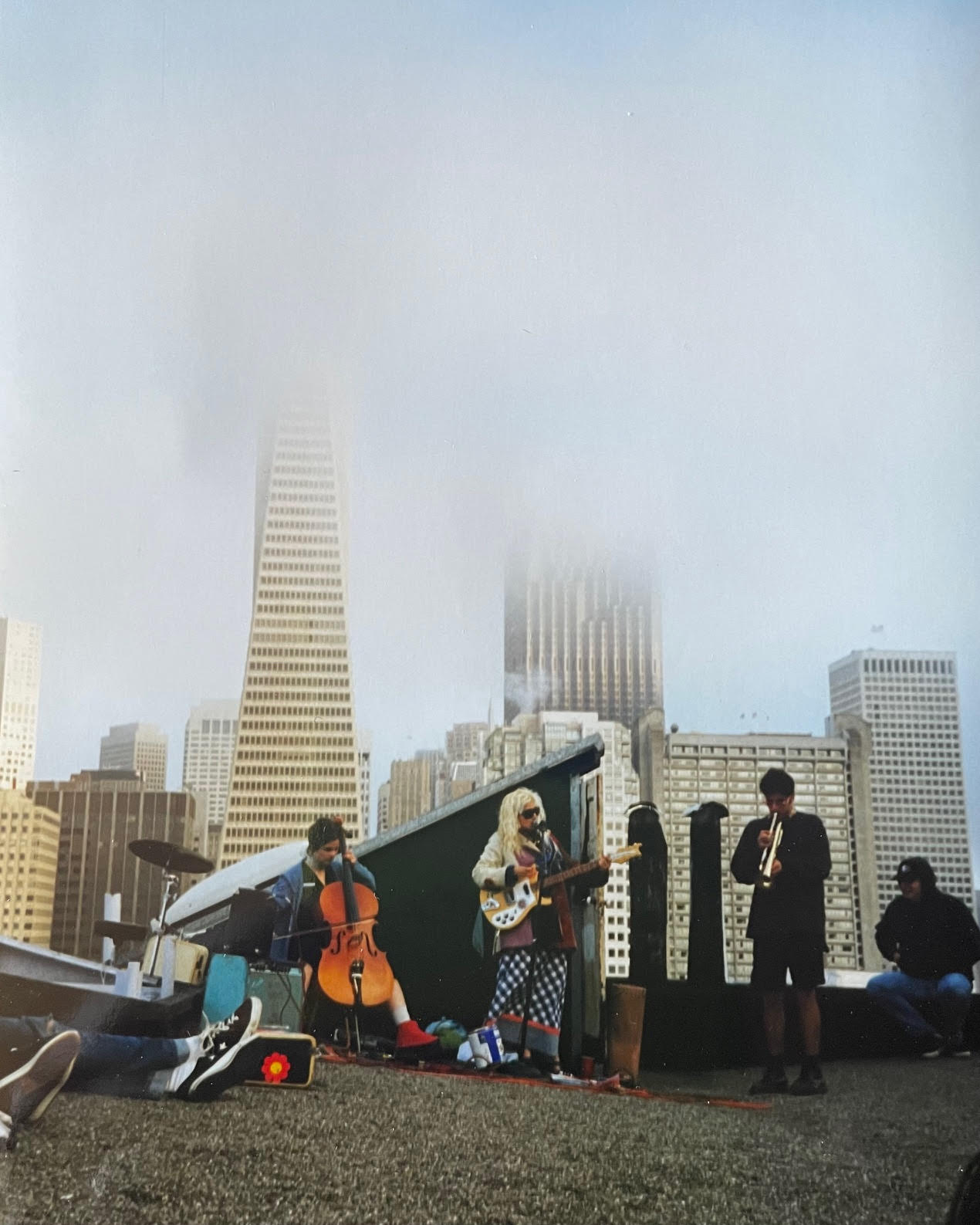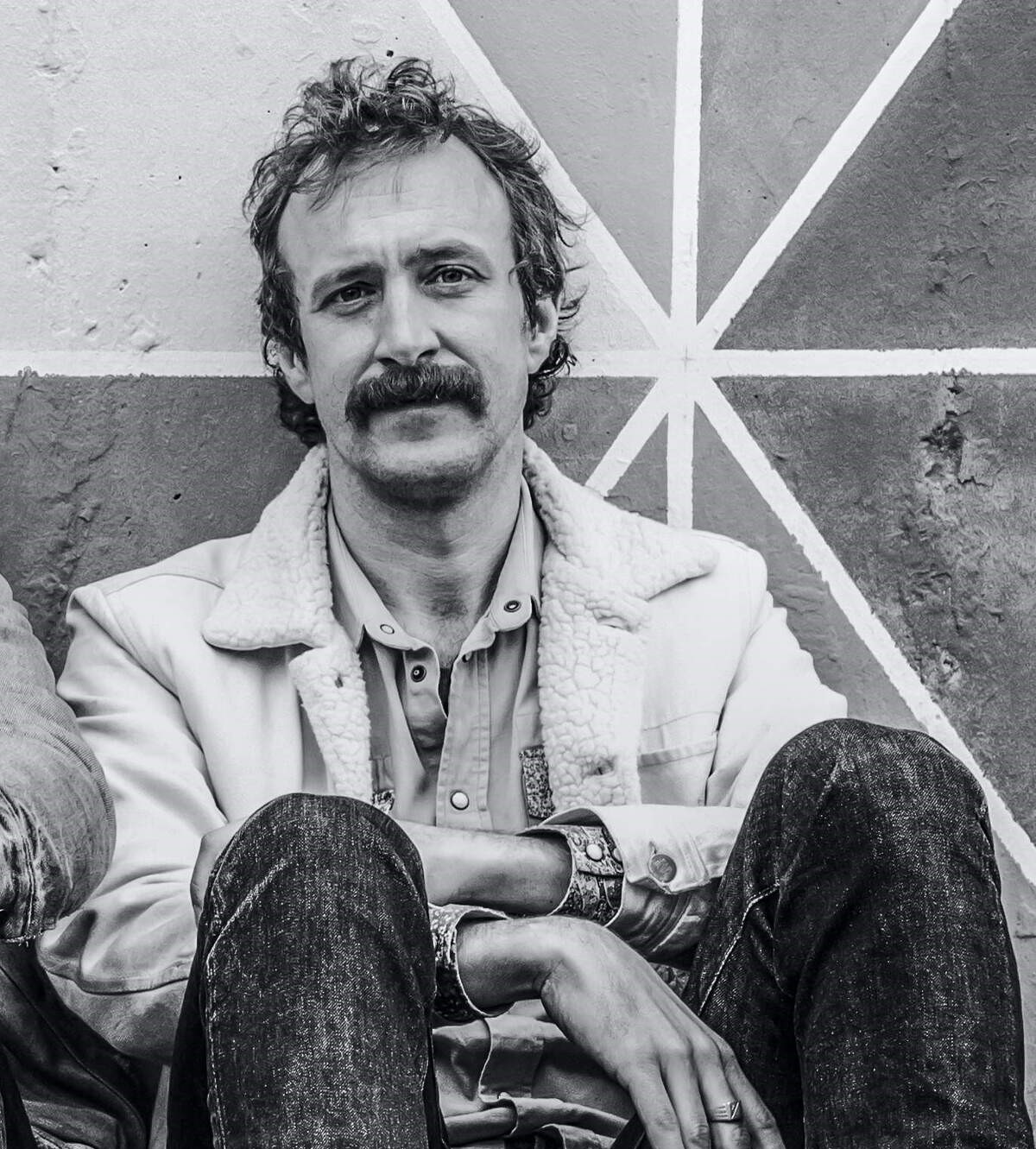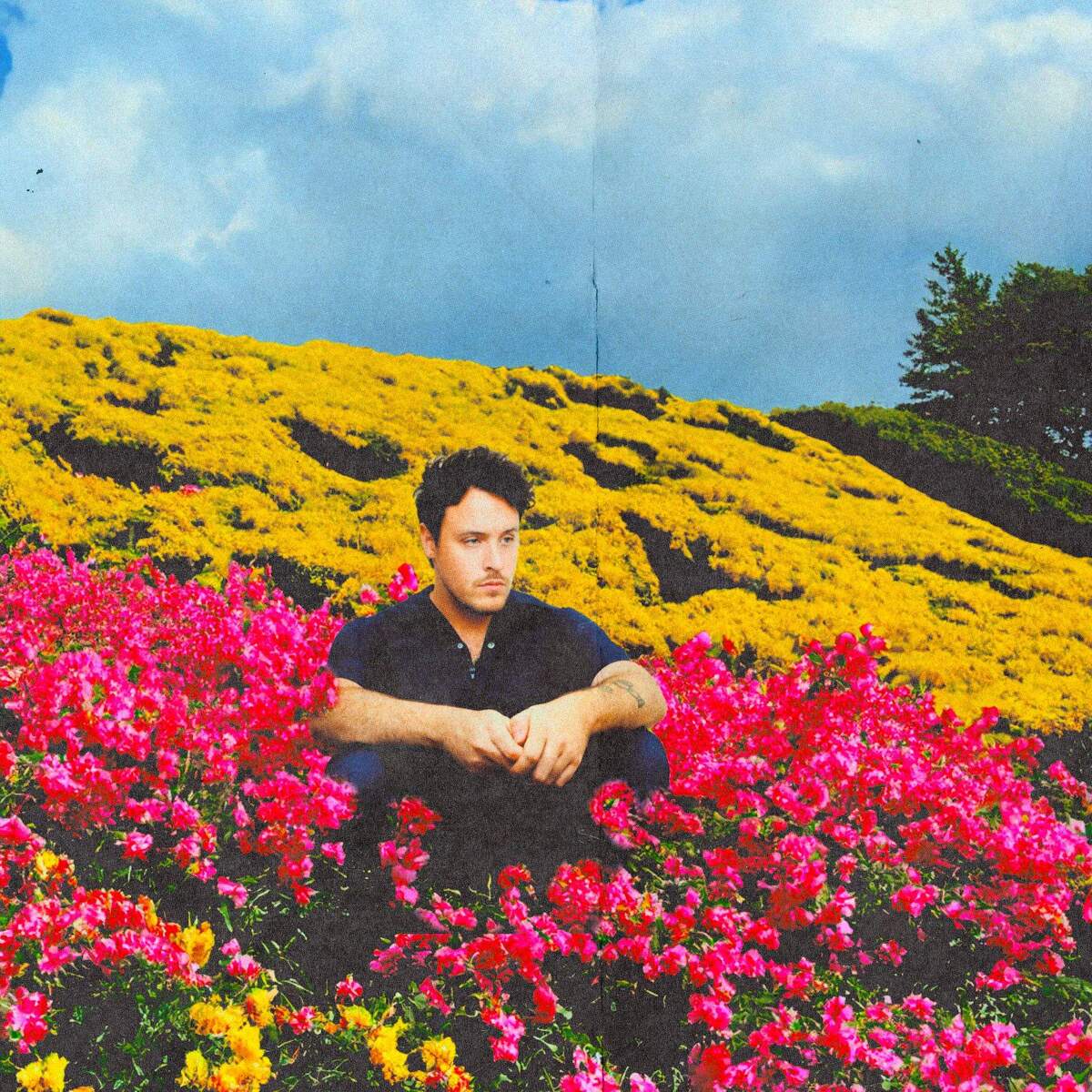Pearl Harbour | Interview | “Don’t Follow Me, I’m Lost Too”
In the 1970s, Pearl Harbor emerged in San Francisco’s music scene, dancing with The Tubes before becoming a member of Leila and the Snakes.
Recording a celebrated debut album with the Explosions for Warner Bros. Records, they disbanded over creative differences. Pearl pursued a rockabilly direction for her solo album ‘Don’t Follow Me, I’m Lost Too,’ collaborating with a stellar studio band in the UK, despite Warner Bros.’ struggle to support its release. Liberation Hall’s reissue of the album introduces an expanded edition with four bonus tracks on purple grape vinyl and six on CD, offering fans a deeper insight into Pearl’s work with new liner notes and personal memorabilia. Alongside the acclaimed track ‘Fujiyama Mama,’ listeners can enjoy Pearl’s interpretations of classics like ‘Filipino Baby,’ ‘Rough Kids,’ and ‘Voodoo Voodoo’.
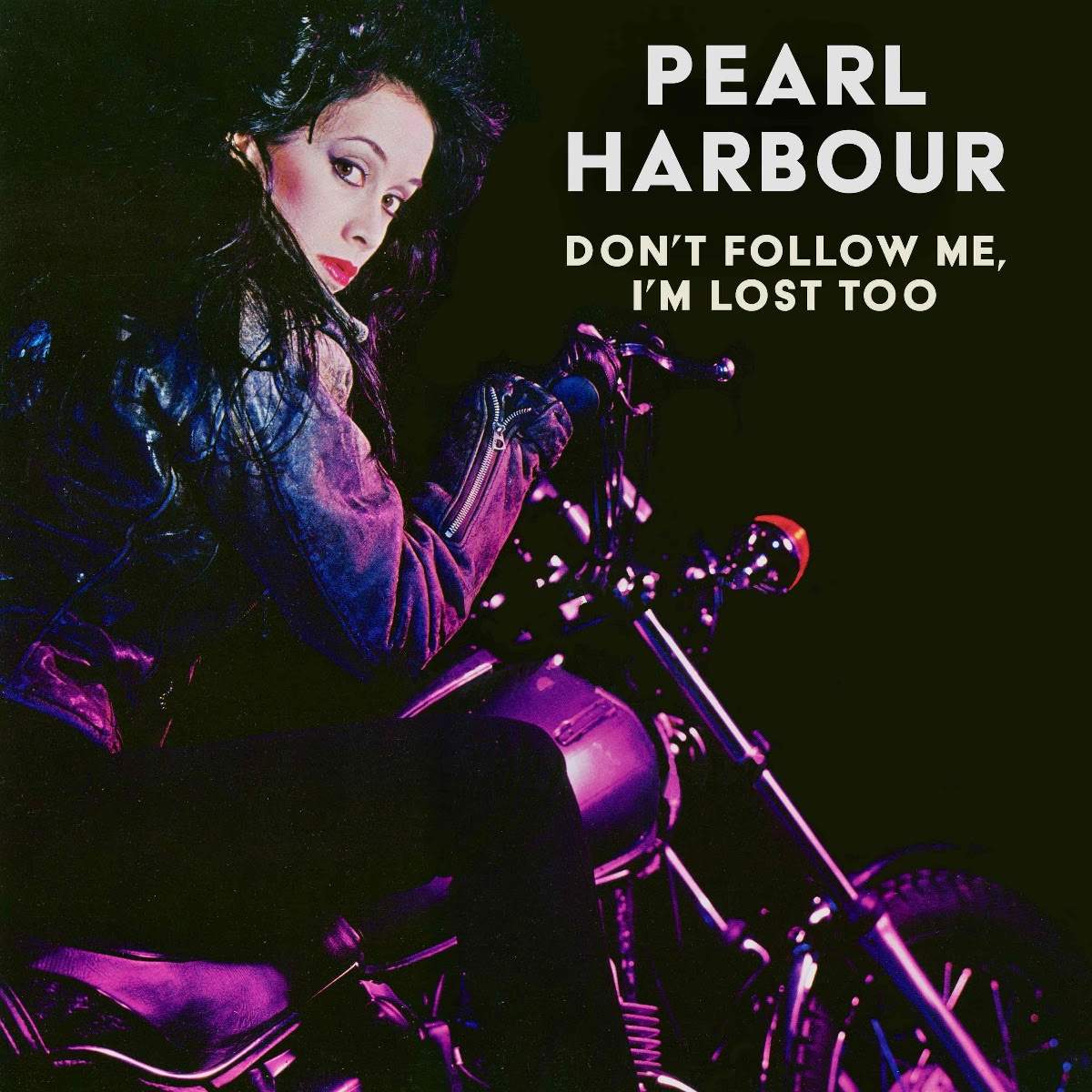
“We all had a blast making this record”
It’s wonderful to have you. Are you excited about the expanded edition reissue of your solo 1980 album, ‘Don’t Follow Me, I’m Lost Too’?
Pearl Harbor: Yes! I’m very happy that ‘Don’t Follow Me, I’m Lost Too’ is being re-released by Liberation Hall Records. It is my favorite album of the five albums I have made.
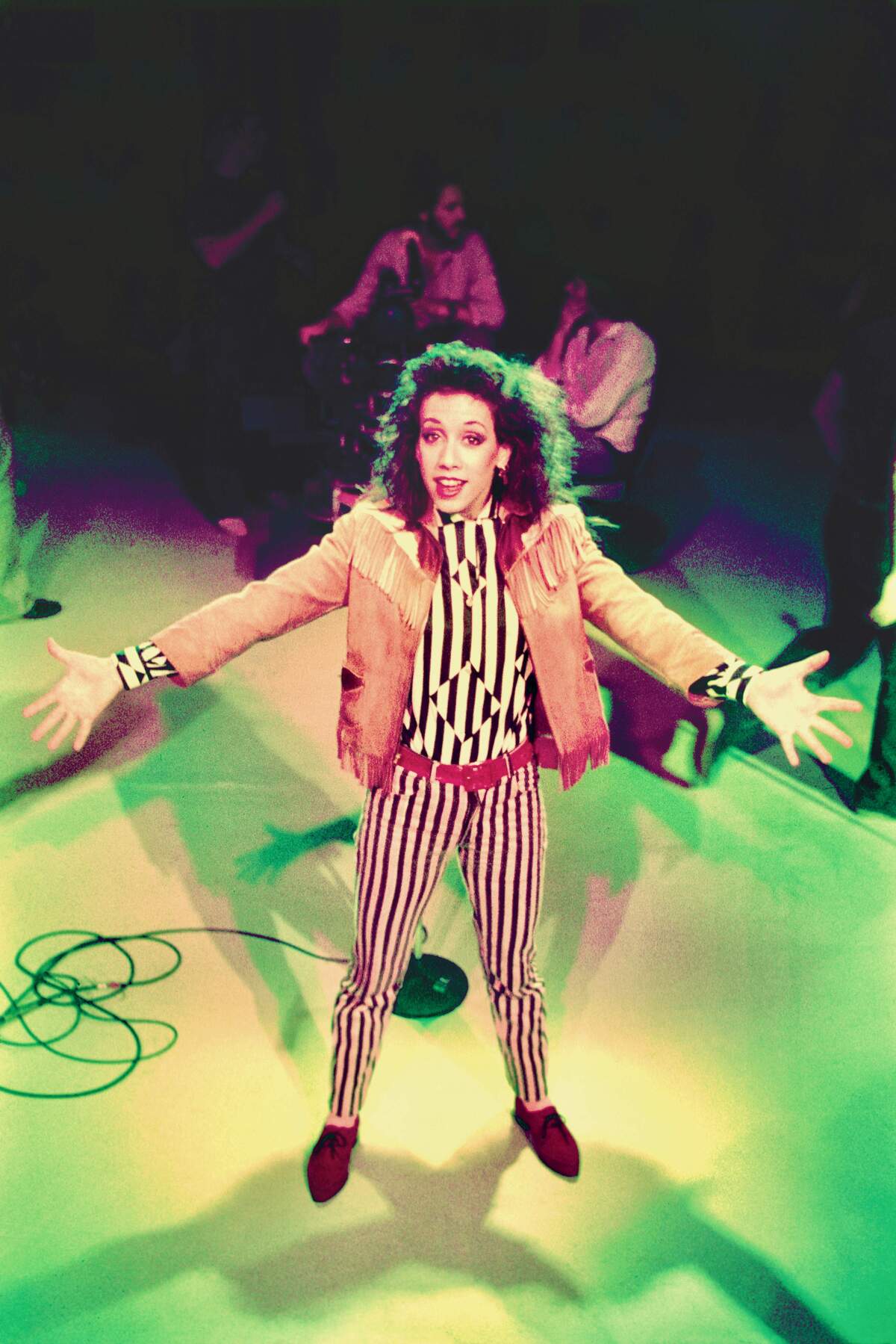
Could you tell us about the bonus tracks that we will be able to hear in this expanded edition?
The vinyl and CD include the original album plus four bonus tracks: ‘Nerves’ is the B-side of my ‘Fujiyama Mama’ single; ‘You’ve Got Me All Wrong’ is the B-side of my ‘Cowboys And Indians’ single; ‘Voodoo Voodoo’ is the A-side of a single produced by Wilko Johnson; and ‘You Don’t Fool Me’ is the B-side of the ‘Voodoo Voodoo’ single. The CD also includes two previously unreleased demos.
How do you reminisce about working on it? What are some cherished memories from the creation of those tracks?
We all had a blast making this record. I was new to London and didn’t know any of the musicians very well. We rehearsed the songs a couple of times and then recorded with no frills and minimal overdubs. The songs are all short and sweet (around three minutes), and we usually settled for the first or second take. Having two drummers—Topper Headon and Steve Goulding—playing at the same time was incredibly powerful. Plus, having Paul Simonon on bass created an amazing rhythm section. Wilko Johnson was the finest rhythm guitar player I had ever heard, and additional guitarists Steve New and Nigel Dixon were the icing on the cake!
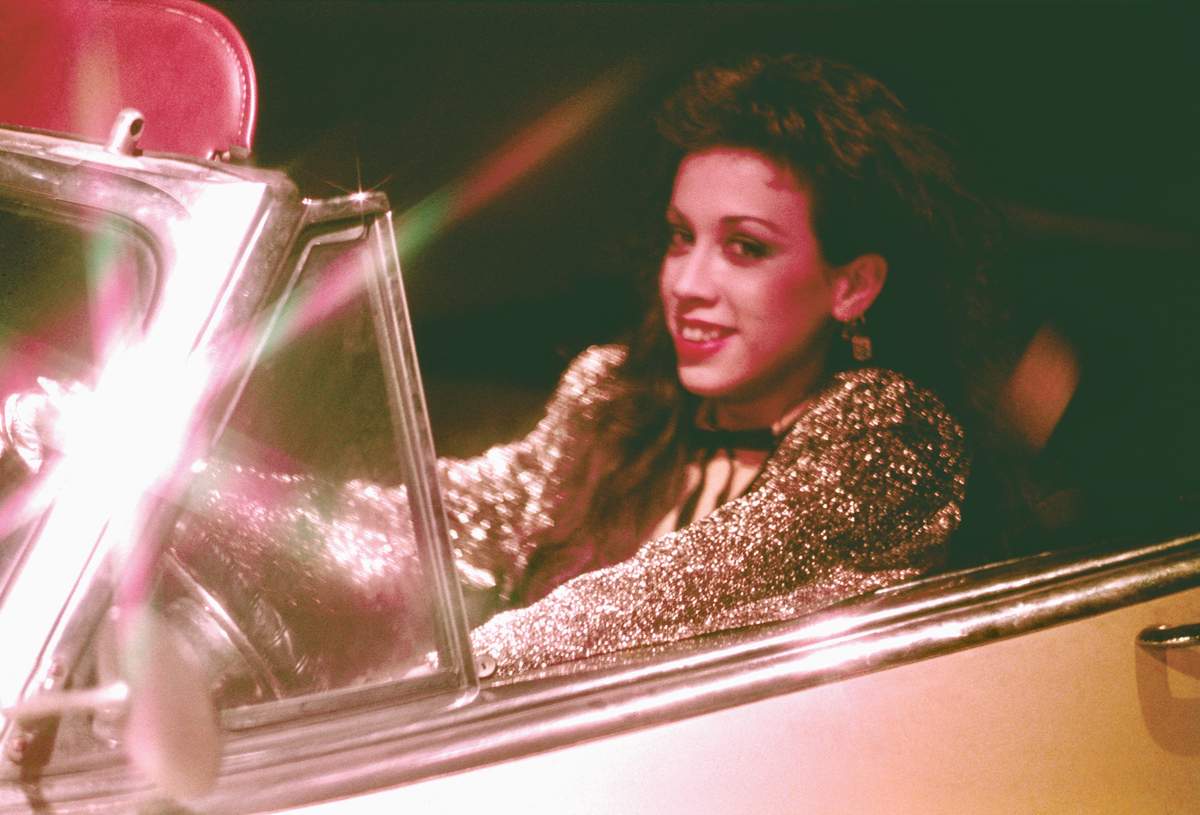
Would you like to share about your upbringing? Where did you all grow up? Tell us about daily life back in your teenage years.
I grew up in Germany with four older brothers, a Filipino mother, and a Caucasian father who was in the Army and from the Midwest. My brothers and I collected records, and we enjoyed all kinds of music: British Rock, American Rock, European Pop, Motown, Soul, Girl Groups, Country, Folk. From 1969-1973, I would attend concerts with my brothers in Germany. One of my brothers sang and played in a rock band during this period. I used to sit in the corner and watch them rehearse. It gave me ideas…
If we would step into your teenage room, what kind of records, fanzines, posters, et cetera would we find there?
When I was a teenager, my walls were plastered with photos of The Rolling Stones, The Beatles, Bob Dylan, The Kinks, Paul Revere & The Raiders, Donovan, and The Who. I read my brother’s Rolling Stone magazine, Creem Magazine, MAD magazine, Cracked Magazine, plus I liked Archie Comics and Seventeen Magazine.
Is it correct that your father’s military service brought you from Germany to San Francisco?
No, by the time I left home in 1973, my father had retired from the Army. I moved to San Francisco by myself, even though I had never been there. I was only 17 years old, and I wanted to check out the San Francisco music scene. It didn’t disappoint!
Was there a certain scene you were part of, maybe you had some favorite hangout places? Did you attend a lot of gigs back then?
The clubs in San Francisco that I liked the best, were The Palms Cafe, The Mabuhay Gardens, Bimbo’s nightclub, The Old Waldorf, The Great American Music Hall, and The Boarding House. I used to see the big concerts at Winterland. I loved The Tubes, Sylvester, The Pointer Sisters, and Tower of Power. Those were some of the San Francisco bands that I liked when I first moved there.
Tell us about your experience with The Tubes.
When I first saw The Tubes in 1976, I couldn’t believe the amazing show they put on. There were dancers, jugglers, motorcycles, people on stilts, people roller skating — a real rock & roll circus. I thought, “I wanna be in THAT band!” A few months later, The Tubes had a talent contest and I won it by being a tap-dancing boxer. The prize was that I got to dance with them for three weeks at Bimbo’s nightclub, and after that, they asked me if I wanted to do more shows with them and of course I said yes.
I would love to hear how you joined Leila and The Snakes. Tell us about the ‘Rock & Roll Weirdos’ / ‘Pyramid Power’ recordings? What kind of gigs did you play with Leila and the Snakes?
One of the unofficial members of The Tubes was a wonderful woman named Jane Dornacker who had an all-girl band called Leila and The Snakes. She asked me if I wanted to join after we worked together in The Tubes. I really enjoyed the experience. She taught me so much — I was young and had a lot to learn. I was in her band for nearly two years. During that time, band members changed, and Jane hired John and Hillary Hanes on bass and drums. It was a comedy/burlesque act, and I had a blast singing, dancing, changing costumes behind the piano, making people laugh, performing four shows a night in nightclubs throughout the Bay Area, Northern California, and Los Angeles. It was a real showbiz education.
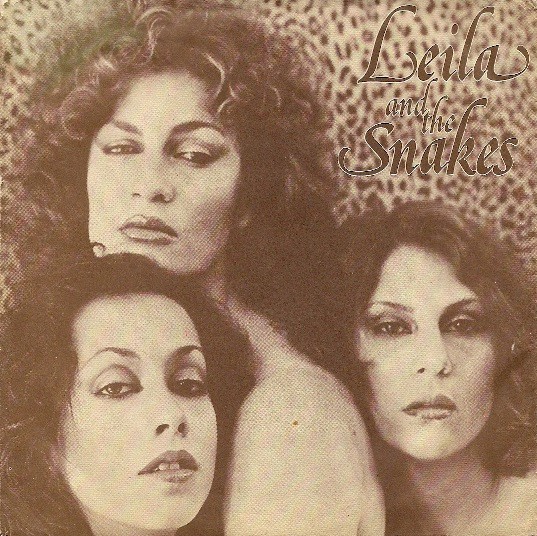
What led you to adopt the stage name “Pearl Harbor”?
After Jane hired John and Hillary, the band became tighter musically and I was starting to try to write lyrics, hoping that Jane would include me in songwriting for the band. She wasn’t interested, and wanted to be in control of her show and songs. So, I asked the Hanes brothers if they wanted to start a band with me. They agreed because they wanted to write songs too, so we left Leila and The Snakes together in 1978. Since my name is Pearl, and we wanted a name that reflected the “New Wave” times — being aggressive with a sense of humor — we decided to call the band Pearl Harbor and The Explosions.
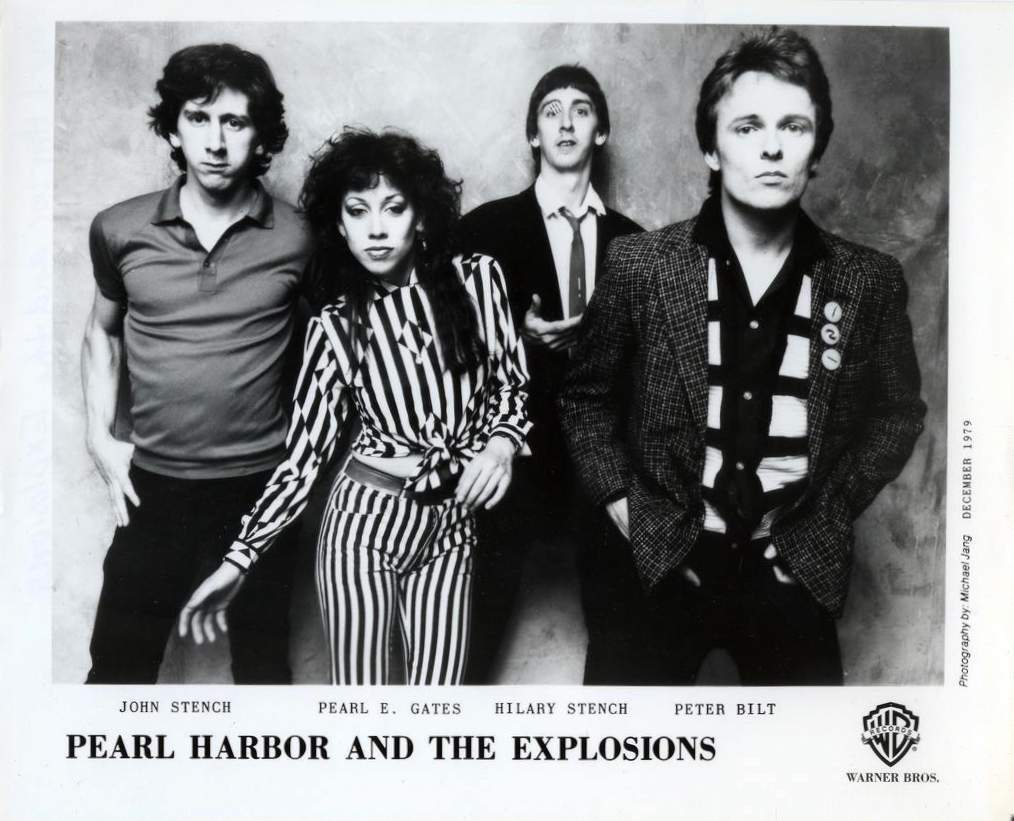
You got a deal for a self-titled debut album for Warner Bros. Records and toured extensively. What are some of the strongest memories from it?
Pearl Harbor and The Explosions signed to Warner Bros. Records in 1979, and we recorded our one and only album soon after at Wally Heider Studios in San Francisco. We toured for three months across the U.S. and Canada with Talking Heads. It was fantastic! I love them so much. I shared a dressing room with Tina Weymouth, the band’s bass player, and we always had a laugh getting ready before the shows. I enjoyed watching Talking Heads perform as the headliners each night; it was a great way to unwind.
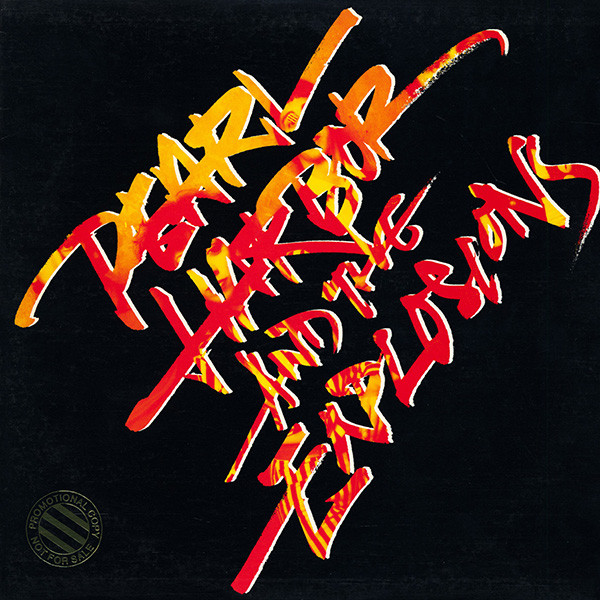
What influenced Pearl Harbor and the Explosions’ sound?
The Explosions wrote all the music on our album, and I wrote a lot of the lyrics. They were influenced by jazz fusion type bands, and they also liked Talking Heads. I was more interested in old school rock & roll, but the band was not, so I compromised and just wrote lyrics that fit with their music. Songwriting was new to all of us, so I did the best I could to make it work.
What would you say was the craziest gig you ever did?
The best gig that I can remember with Pearl Harbor and The Explosions was with Talking Heads and The B-52’s. Unfortunately, I can’t remember the venue. It was a large theater in New York City in 1979.
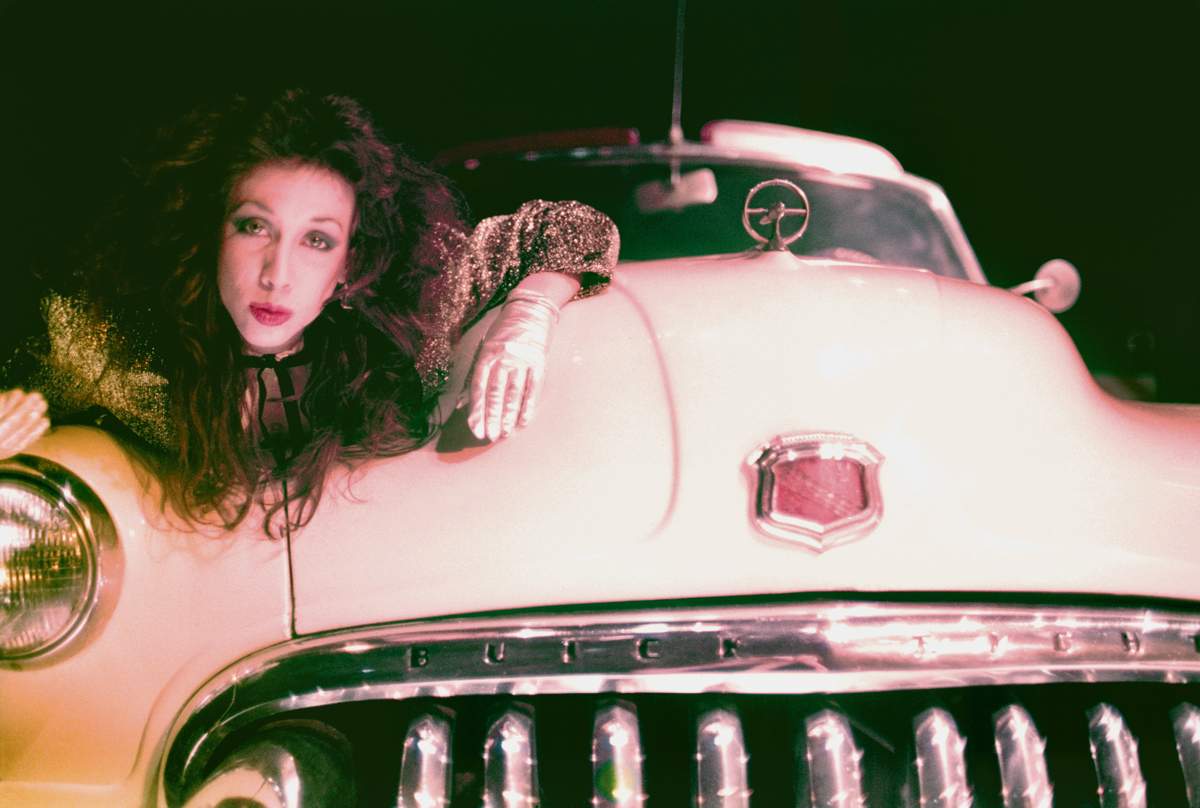
When it came time to record a second LP, the band split, would you like to discuss what were the main disagreements?
When we returned to San Francisco after our tour, Warner Bros. was anxious for us to go back in the studio and begin work on a second album. I decided that I wanted to pursue rock & roll and leave the jazz fusion to The Explosions. They wanted to continue together without me, so I decided to move to London and pursue my dreams. Warner Bros. dropped The Explosions and kept me on as a solo artist.
How did you meet The Clash associate and sometime manager Kosmo Vinyl?
I met Kosmo Vinyl at a rehearsal studio in San Francisco in 1977. He approached me in the lobby and started off by telling me that I was the second most beautiful girl he had seen that day!?! He had purple hair, was wearing a purple suit, and had the thickest cockney accent I had ever heard. He asked me if I wanted to hear the greatest rock & roll band in the world, called Ian Dury and The Blockheads. I just about fell over — I LOVE Ian Dury and The Blockheads! I sat in on their rehearsal and was blown away. Kosmo wasn’t kidding! We stayed in touch, and I discovered that he was not only Ian’s personal manager, but The Clash’s as well. He said that if I moved to London, he could hook me up with some great musicians. I wanted to make a rock & roll record, so here was my chance.
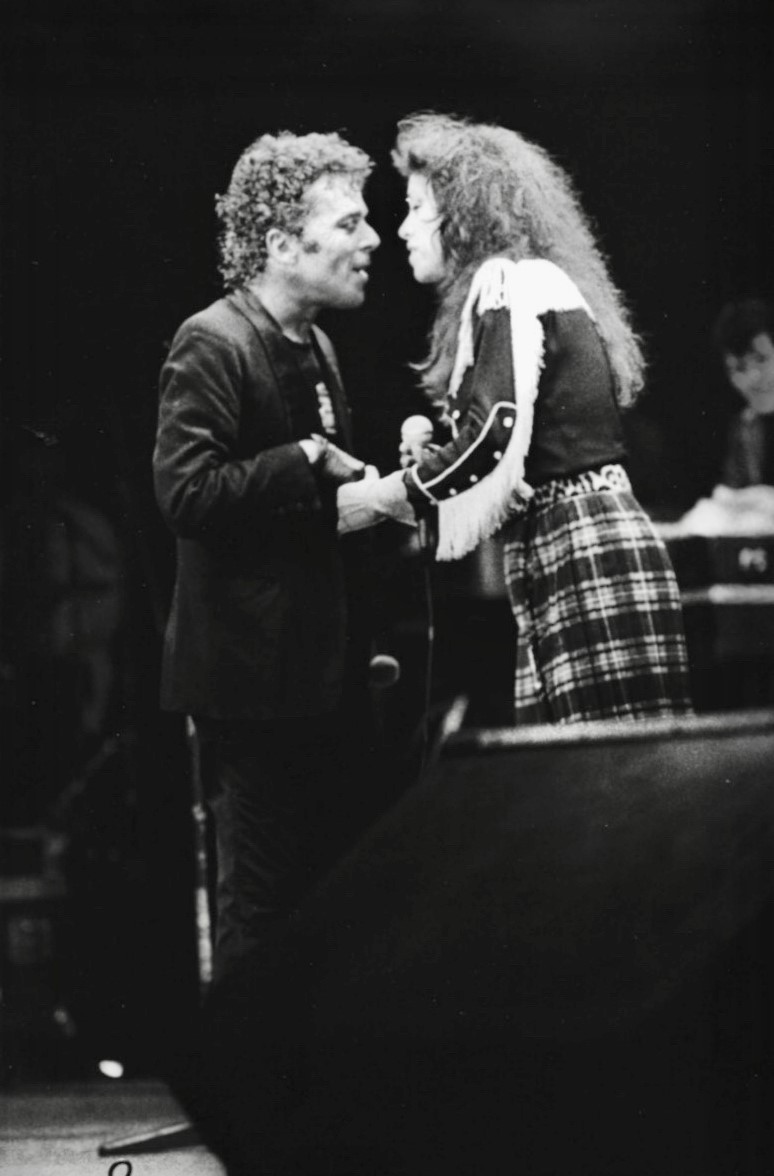
“The music scene in London in the ’80s was fantastic”
You two relocated to London. What was that like for you?
I moved to London in 1980 right after I finished the Pearl Harbor and The Explosions tour. I lived with Kosmo for a couple of months in the East End part of London. It was amazing. We lived above the Bow Road tube station, so it was easy for me to find my way home. Thanks to Kosmo, I started hanging out with Ian Dury, The Blockheads, and The Clash. He introduced me to all sorts of characters — John Cooper Clarke, The Buzzcocks, Sham 69, Wilko Johnson, Wreckless Eric, Lew Lewis, Lene Lovich, Don Letts, too many to name. We went out to see bands almost every night. The music scene in London in the ’80s was fantastic. At the end of 1980, I moved to Ladbroke Grove in the West End, and I started going out with Paul Simonon. I did my record and clothes shopping at The Brick Lane Flea Market or The Portobello Market. So much great stuff. I had a blast.
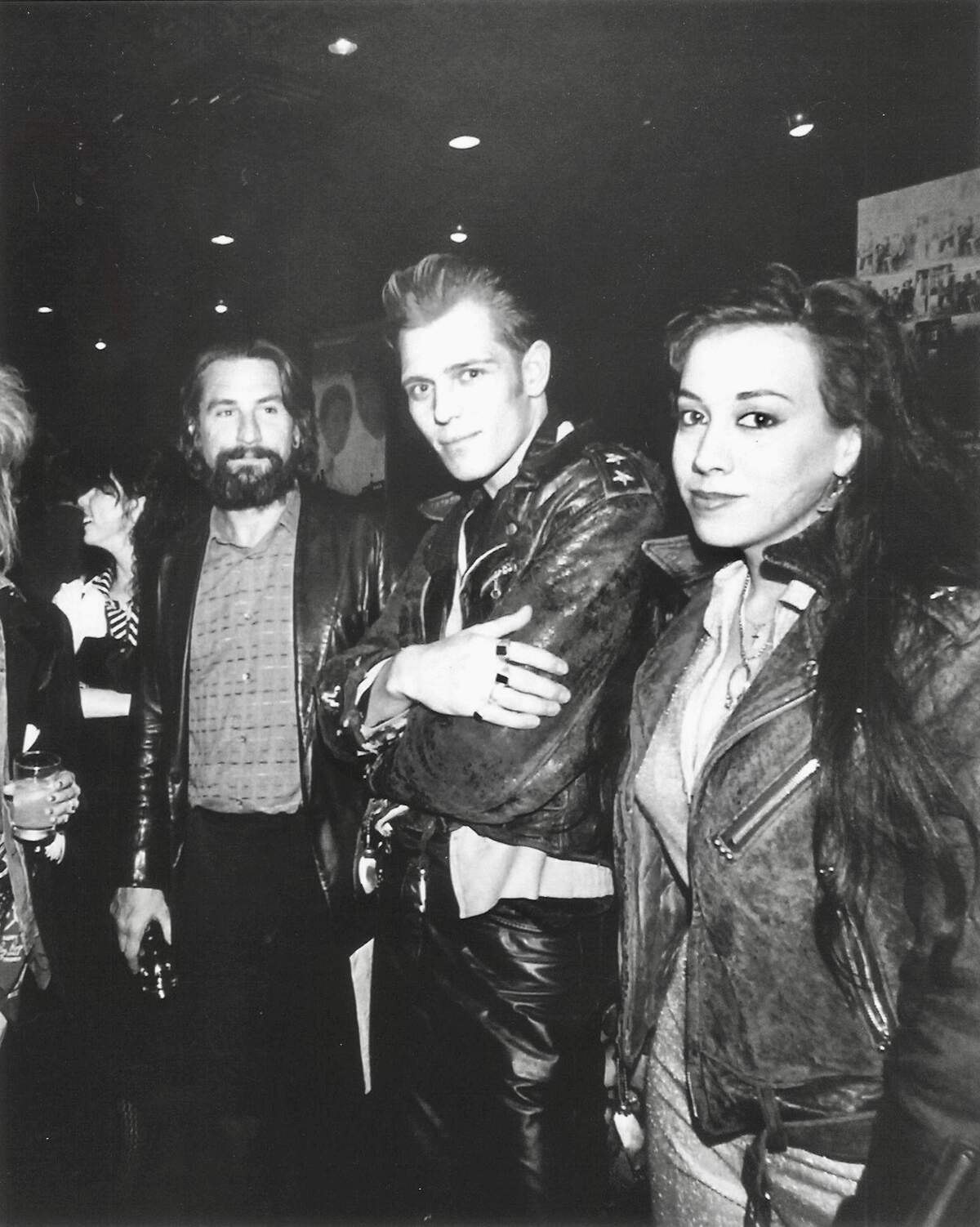
Where does your love for rockabilly come about?
The first rockabilly record that I can remember was early Elvis Presley when I lived in San Francisco. I used to hang out at Village Music record store and the owner, John Goddard, turned me on to ‘50s rock & roll and rockabilly. I bought everything from Wanda Jackson to Gene Vincent, Carl Perkins to Eddie Cochran, Brenda Lee to The Collins Kids, plus Rose Maddox, and many more. John had the best record store in the world. I was lucky to be a frequent customer.
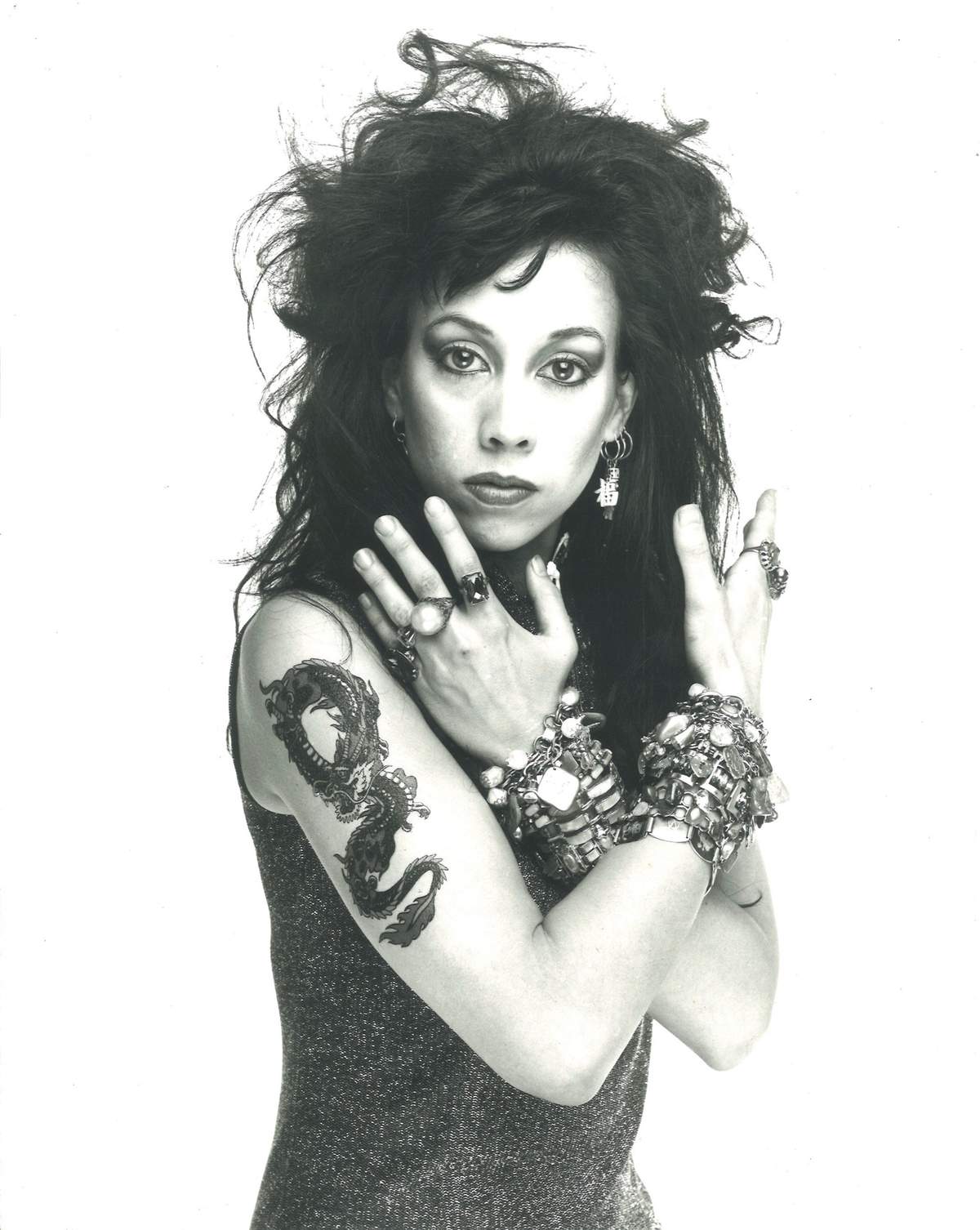
‘For Don’t Follow Me, I’m Lost Too’ you got an incredible set of musicians consisting of Paul Simonon, Topper Headon, and Mick Jones from The Clash; Wilko Johnson from Dr. Feelgood and Ian Dury & The Blockheads; Nigel Dixon from Whirlwind; Steve New from The Rich Kids; and Steve Goulding from Graham Parker & The Rumour. What was working with these kinds of musicians like? Any memories you would like to share with our readers?
When we first started working together, I didn’t know anyone very well, so I let them know that we all shared a love of old records, especially ‘50s rock & roll. I told them about all of my musical influences, and what sort of sound I was going for, and they were up for it. We had loads of laughs during the recording sessions.
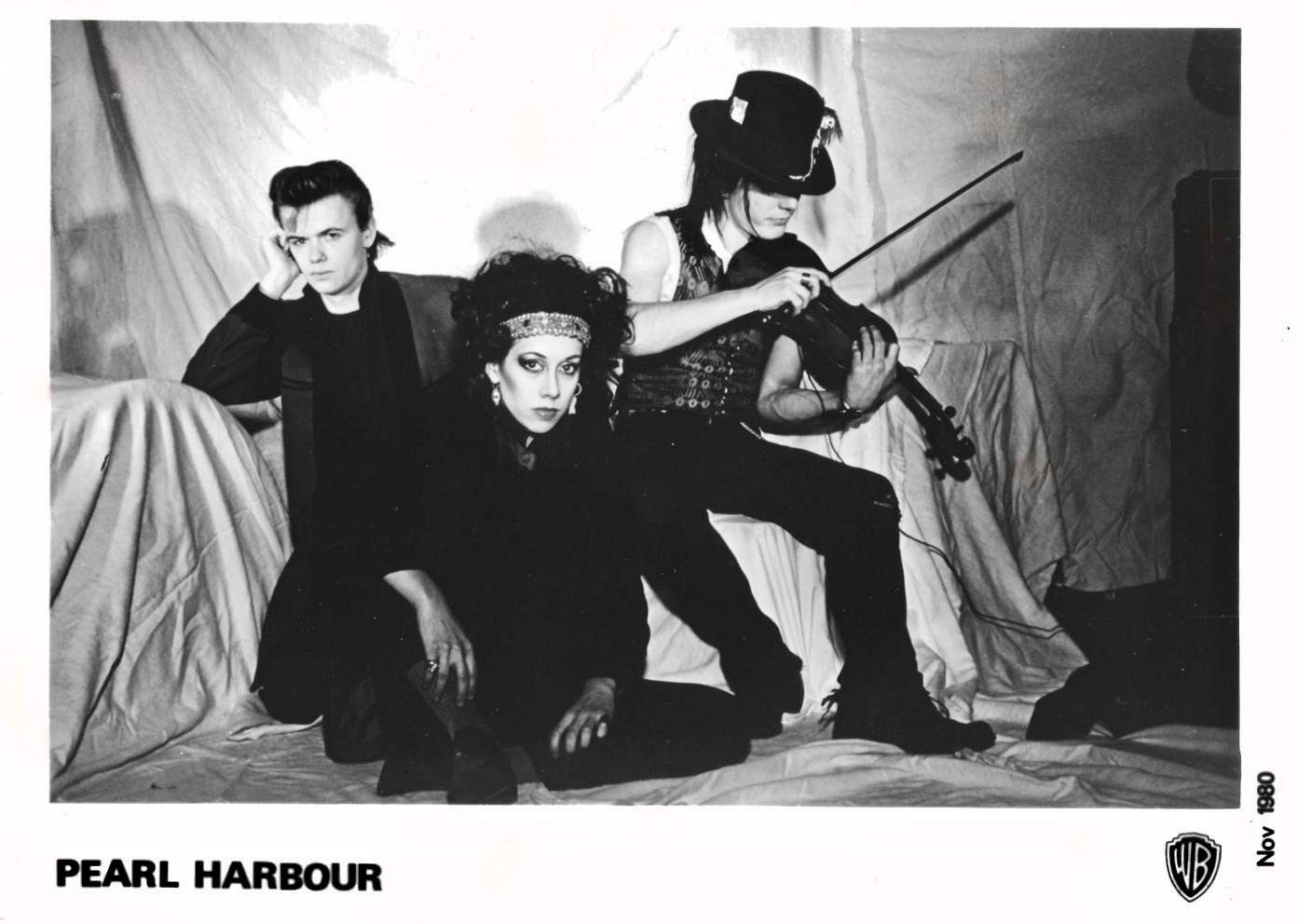
We didn’t spend much time doing overdubs, and the songs were all about three minutes long. It made it more rock & roll to just bash out the tunes and not over-think everything. Quickly going from song to song kept everything fun and spontaneous. When we took breaks, we’d go down to the pub, and that kept everything fun and fresh too…
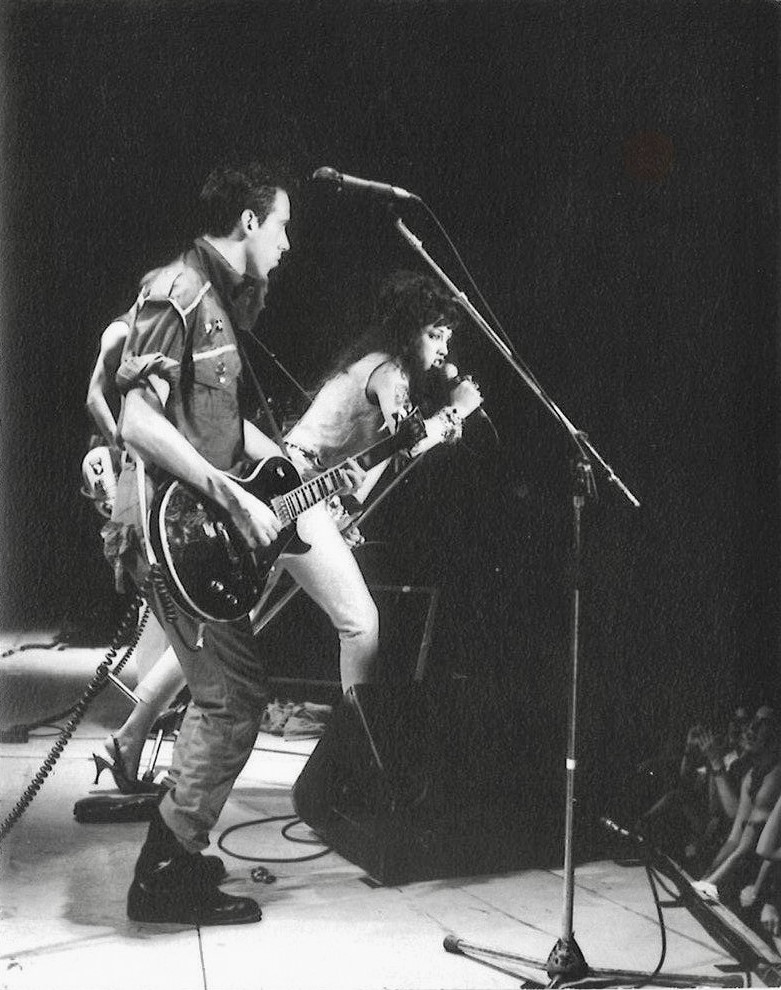
How do you like the production aspect of the record, which was taken care of by Mickey Gallagher, a member of Blockheads?
Mickey Gallagher produced the album in about a week or so. We recorded and mixed it in three weeks. Mickey and I both felt, in hindsight, that we should have spent more time on the production. It could have been mixed a bit brighter, but I didn’t feel it was necessary to go back in the studio. Mickey did a great job recording us. As a musician, his timing was always spot on — he knew exactly how to get the best out of everyone without saying much.
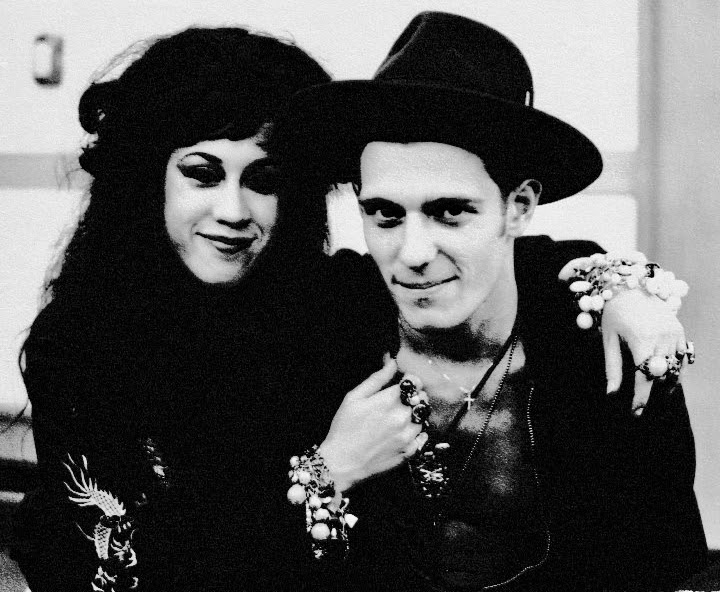
You also got contributions from pedal steel guitarist BJ Cole, keyboardist Geraint Watkins, and saxophonist Gary Barnacle.
I loved working with B.J. Cole, Geraint Watkins, and Gary Barnacle. They are all amazing. I would play the song To B.J. once, and he would record his pedal steel throughout the song and do the solo in one take. Geraint is a gentle genius! I went to his flat to write songs with him a couple of times, and it was such a great experience. He’d sit behind his beat-up, old upright piano with a roll-up cigarette hanging out of his mouth, and he’d sing funny songs that he made up on the spot. We’d laugh like crazy. When he was recording, he always had a big grin on his face, and he’d nail it in one take. Gary Barnacle was the same. He’d show up to the studio, listen to the song a couple of times, then record his parts in one take. Truly talented gentlemen.
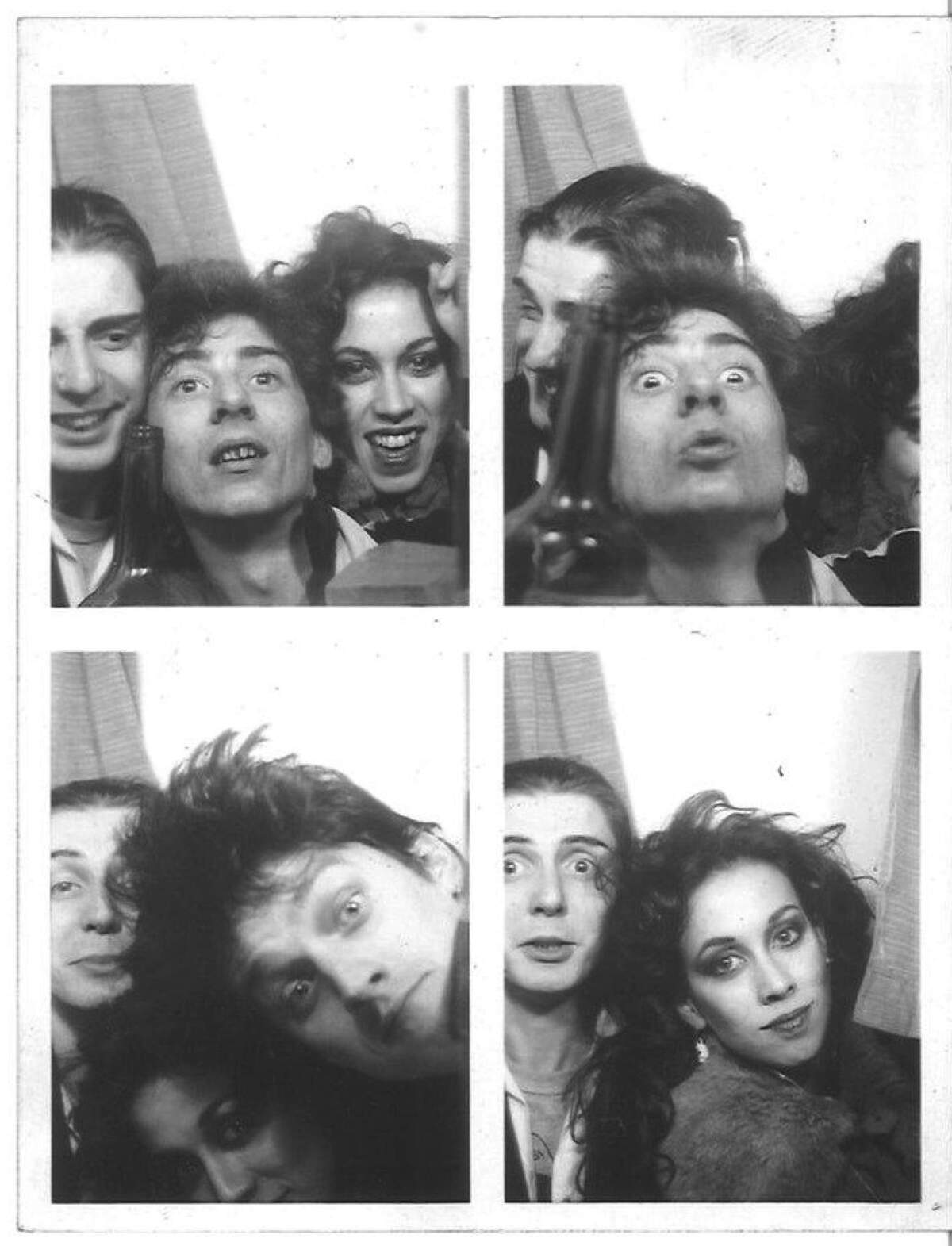
Tell us about your gigs with The Clash, performing Wanda Jackson’s ‘Fujiyama Mama’ as an encore with the band.
I was so lucky back then. I went to every Clash show, stood in the sound booth every night, and danced and sang to my heart’s content. Their shows were the best and I loved watching the crowd going crazy every night. I remember when Joe asked me if I wanted to sing ‘Fujiyama Mama’ while on tour in Japan in 1982. I was over the moon! I couldn’t believe it. I think it amused them to have a girl named Pearl Harbour singing ‘Fujiyama Mama’ in Japan. After that, I sang the song with them on many occasions. Like I said, I was lucky back then.
Eventually you married Paul Simonon. Did you do any music together? Is there anything unreleased?
I started dating Paul Simonon after we finished the album. I had so much fun going to the shows and the recording studios with him to see The Clash. We got married in 1982 in New York City. After that, we spent all our time together, on tour with my band or The Clash. We traveled all over the world together and experienced some unbelievable places, music, and people.
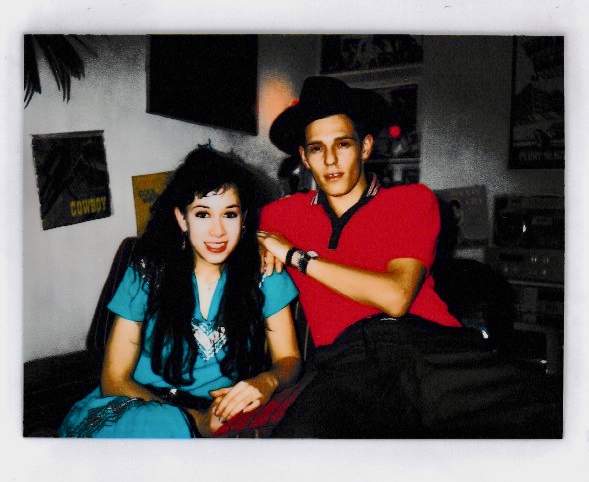
When The Clash broke up, we tried putting a band together with my guitar player, Nigel Dixon, but it was short lived, and we never recorded anything. I’m glad to still be friends with Paul and able to have a laugh with him about the old times.

Looking back, what was the highlight of your time in the band? Which songs are you most proud of? Where and when was your most memorable gig?
The highlight of my career so far is definitely my solo recordings. ‘Don’t Follow Me, I’m Lost Too’ is my favorite of my five albums.
I’m proud of every song I’ve written. Some are better than others, but I enjoyed writing them all and telling my stories. Almost all of them are true stories. I try to have a sense of humor in my songs and life.
My most memorable gig was The Montreux Jazz Festival in 1981. I had the best band, just for this one show, and they were Steve Goulding and Nick Simonon on drums, Paul Simonon on bass, Wilko Johnson on rhythm guitar, and Johnny Turnbull on lead guitar. It was a sold-out crowd and they went nuts!
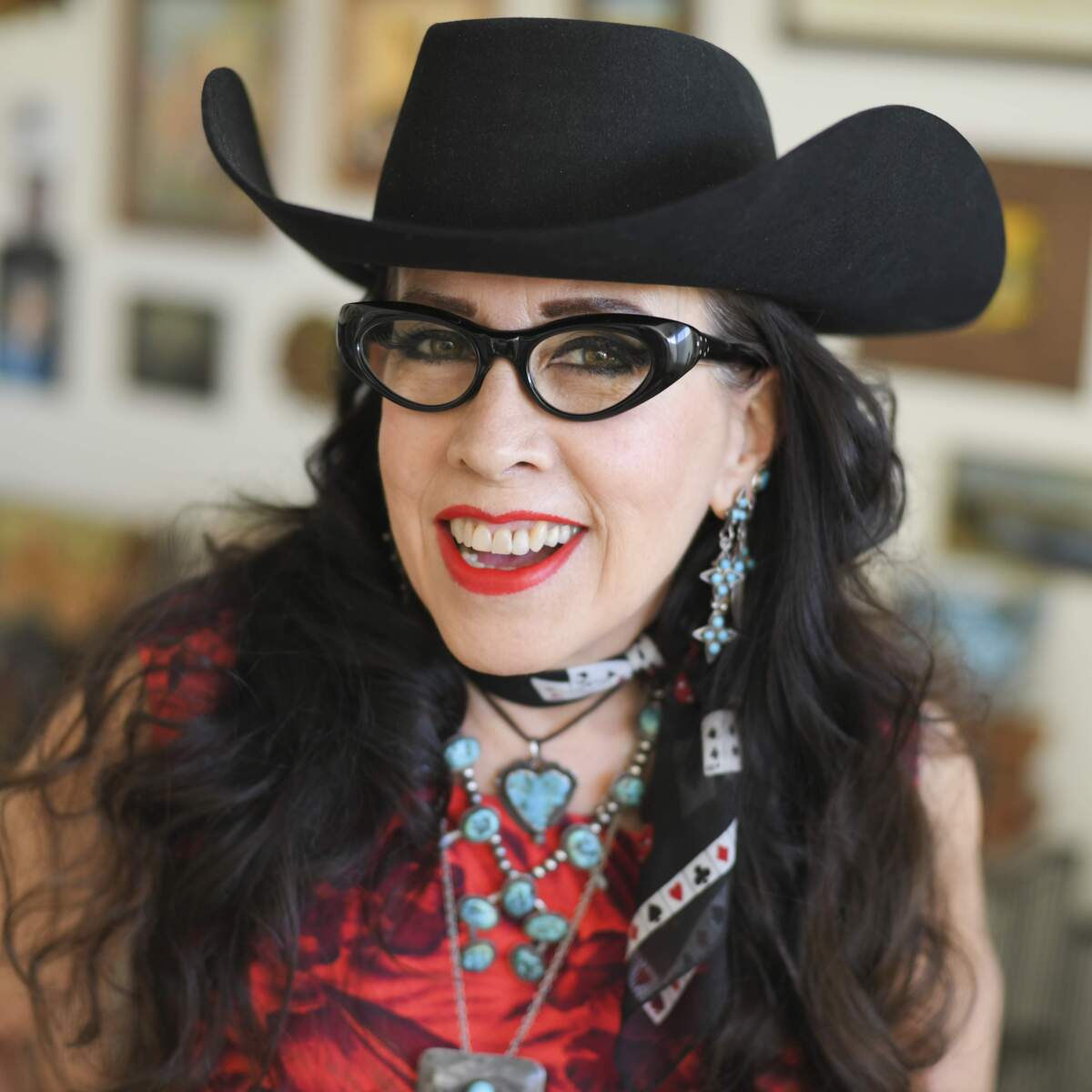
Thank you for taking your time. Last word is yours.
I have a new country band called Pearl Harbour Country. I have Gar Robertson on pedal steel, Gabe Lester on guitar, and Damian Lester on double bass. They are great musicians and super nice guys. We have to take a break for a few months while I recover from lung cancer. It’s such a shame. I was diagnosed in August and have been dealing with side effects from the treatments since then. I hope to be well enough to get the band back out there in a few months. No need to worry about me, though. My sense of humor is getting me through the tough times.
Klemen Breznikar
Headline photo: Pearl Harbour, Nick Simonon, Blair Cunningham and Nigel Dixon
Pearl Harbor Facebook / Instagram
Liberation Hall Official Website / Facebook / Instagram / Bandcamp

